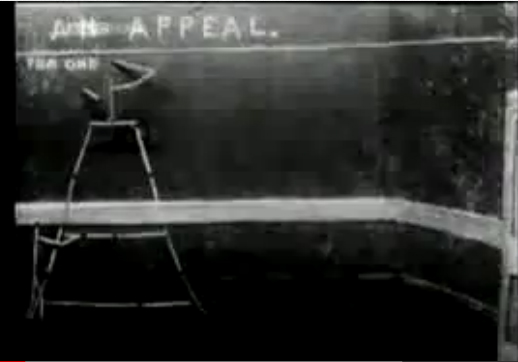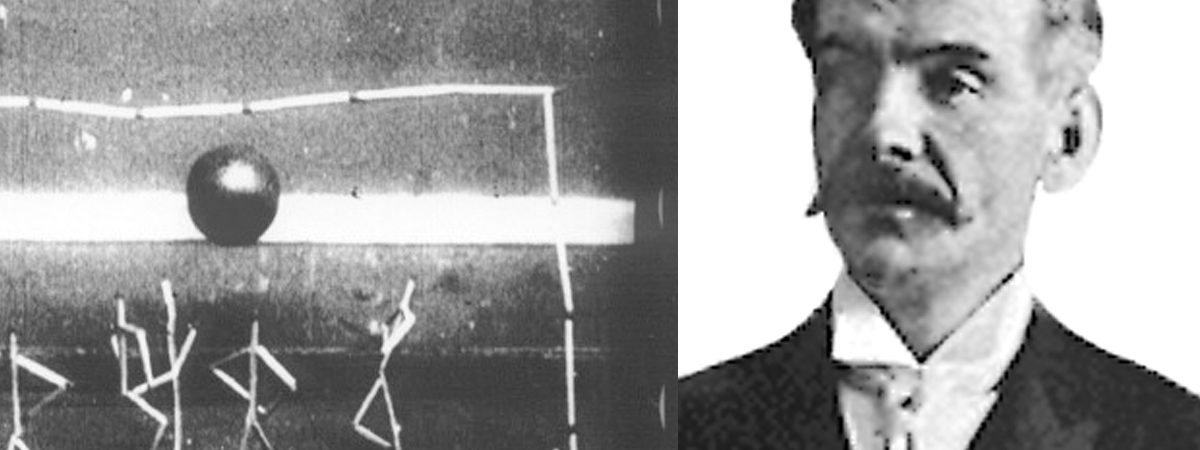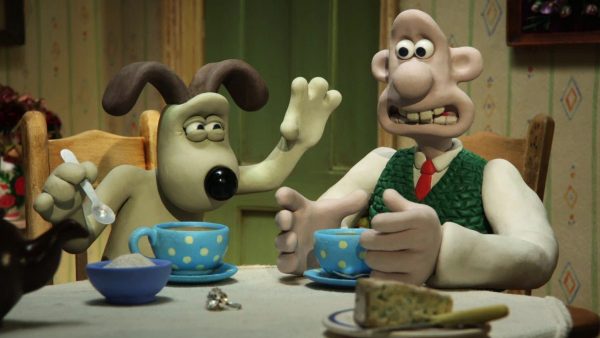For various reasons, certain cities around the UK have become little hubs of animation. Bristol is the most obvious perhaps, with other studios basking in the glow of Aardman’s many Oscars and worldwide reputation. Manchester was once a hub too – Cosgrove Hall attracting many skilled stop motion animators to the City, who then set up their own studios when that mecca of children’s television closed.
So why did we chose the St Albans/London Colney area to set up our animation studio? Surely it doesn’t have any reputation for animation, any important films made in the area, any vital contributions to the artform’s history?
Well it just so happens that animation was pretty much invented here.
Arthur Melbourne Cooper (1874–1961) was a pioneer of film making and animation, virtually forgotten outside of the industry, who was born and bred right here in St Albans. In 1899, Cooper made what is considered the earliest surviving stop-motion advertising/ propaganda film, Matches: An Appeal for Bryant and May. With this film, Britain was 6 or 7 years ahead of animation pioneers in France and the United States (so nerr).

The film is very simple, it consists of little puppets made of matchsticks, writing their appeal on a blackboard: “For one guinea Messrs Bryant & May will forward a case containing sufficient to supply a box of matches to each man in a battalion with the name of the sender inside.” A fantastic example of an ad campaign disguised as a patriotic act of charity during the Boer war, and an early example of the power of animation in advertising.
Arthur Melbourne Cooper would’ve moved the puppet in to each position, filmed a single frame of film, moved the puppet in to the next position, and filmed a frame again. The cameras, puppets and stories may have got a tad more sophisticated since 1899, but the technique remains unchanged since this first ever film. (Which you can see here).
So we’re very proud to be based here, carrying on the tradition of animation and film-making in the area. Although the vast majority of people living in St Albans may have no idea of the importance of Arthur Melbourne Cooper, there are a few places around the City where his influence can still be found.
In 1996, the British Film Institute erected a plaque on a flat building at the corner of Alma Road and London Road, commemorating the spot of Arthur Melbourne Cooper’s studio.

We are also absolutely delighted that the cinema that Arthur Melbourne Cooper built in 1908 (then known as the Alpha Picture Palace, and cited by The Shell Book of Firsts to be one of the first cinemas as we know them today) is currently being refurbished and will reopen as the Odyssey (named to honor another local filmmaker – Stanley Kubrick) in 2012.
In this place, and in the quality we strive for in every film that we make, Arthur Melbourne Cooper lives on.


